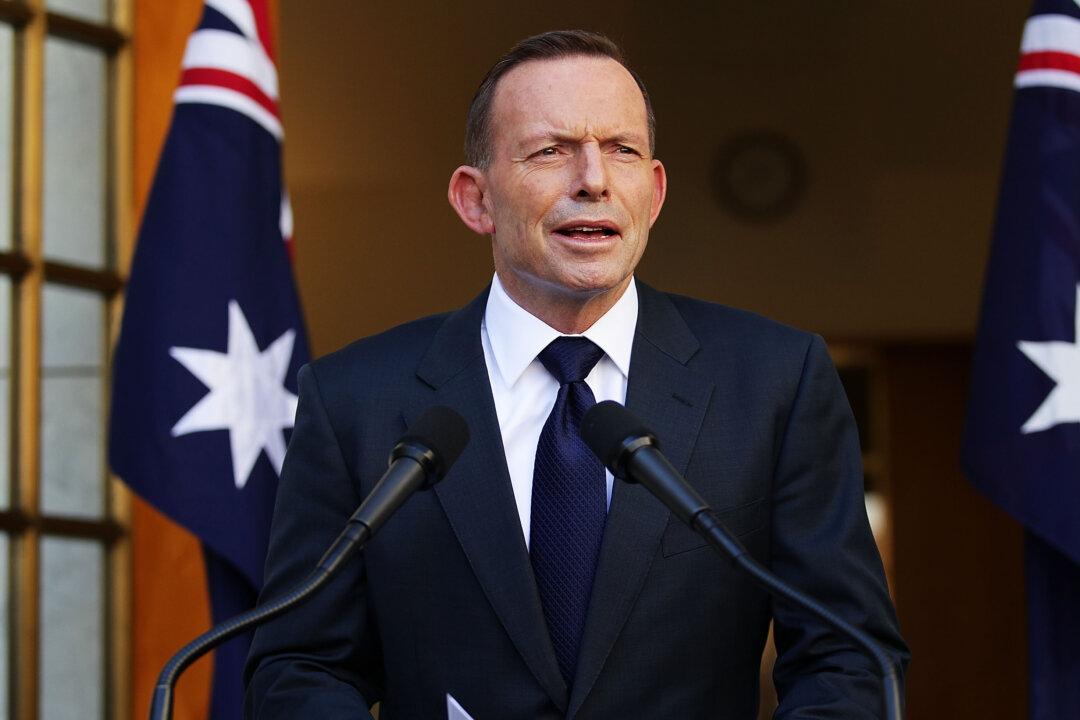The Albanese Labor government has unveiled a new statistical dashboard to track the number of female victims of intimate partner homicide.
The new tool, which was developed by the Australian Institute of Criminology (AIC), will provide more timely reporting on the number of female victims of intimate partner homicide.
It would also enable police, government, and policymakers to understand the scale of the issue.
Minister for Women Katy Gallagher on June 26 emphasised that to end violence, we need to be able to “measure it.”
“We know that 89 percent of victims of intimate partner homicides in 2022-23 were women.”
“Every single one of these lives lost is a tragedy. We all have a role to play in ending violence against women and we know that all governments have more work to do.”
Female Victims Rate Declines
The intimate partner homicide dashboard shows there were five female victims of intimate partner homicide between Jan. 1 and March 31, 2024, down from the same period in 2023, when there were eight victims.In April, the AIC’s National Homicide Monitoring Program report indicated that 34 women were killed by an intimate partner from 2022 to 2023.
The dashboard data only includes incidents where a woman has been killed by an intimate partner, rather than being a list of all women killed.
The Federal government aims to reduce female intimate partner homicide by 25 percent each year.
Meanwhile, Shadow Minister Sussan Ley told parliament on June 4 that Labor is not on track with its targets to end violence against women.
She raised concerns that at least 26 women had allegedly been killed due to domestic and family violence this year.
Ms. Ley criticised the Albanese government’s progress, given that it had promised to end domestic violence in a generation.
“A generation is 20 years. Two years in, we are not on track to meet this promise, and data shows that we are going in the wrong direction,” she said.
She said the Coalition supports sensible measures in the Labor budget, but described it overall as a “disappointment for victims of family and domestic violence.”
$3.4 Billion Budget Measure
The new statistical dashboard is part of the Labor government’s record $3.4 billion (US$2.3 billion) investment to support the National Plan to End Violence against Women and Children.The plan includes $925.2 million over five years from 2024 for the Leaving Violence Program to offer financial support, safety assessments, and referrals to help victim-survivors leaving violent intimate partner relationships.
A further $756.4 million over five years from 2023–24, and $258.2 million annually ongoing, will be allocated to provide financial support of up to $5,000, as well as risk assessments, safety planning, and short-term referral services.
Additionally, $152.3 million will be injected over three years from 2024 to broaden the “escaping violence payment” and temporary visa holders experiencing violence pilot trials until June 30, 2025.







